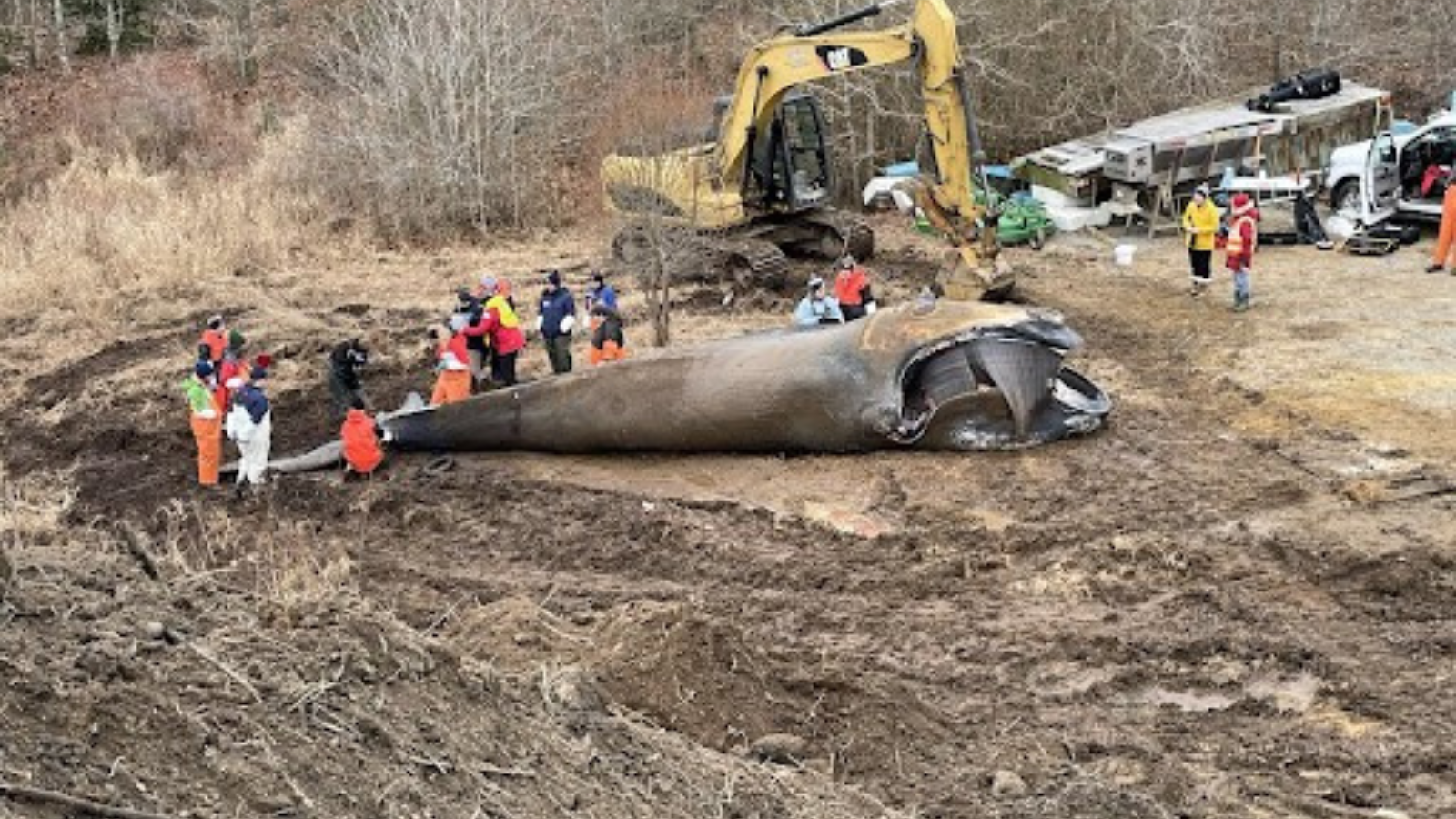
Where no one has gone before
On deep-sea dandelions and the ‘land of the giants’
Updated
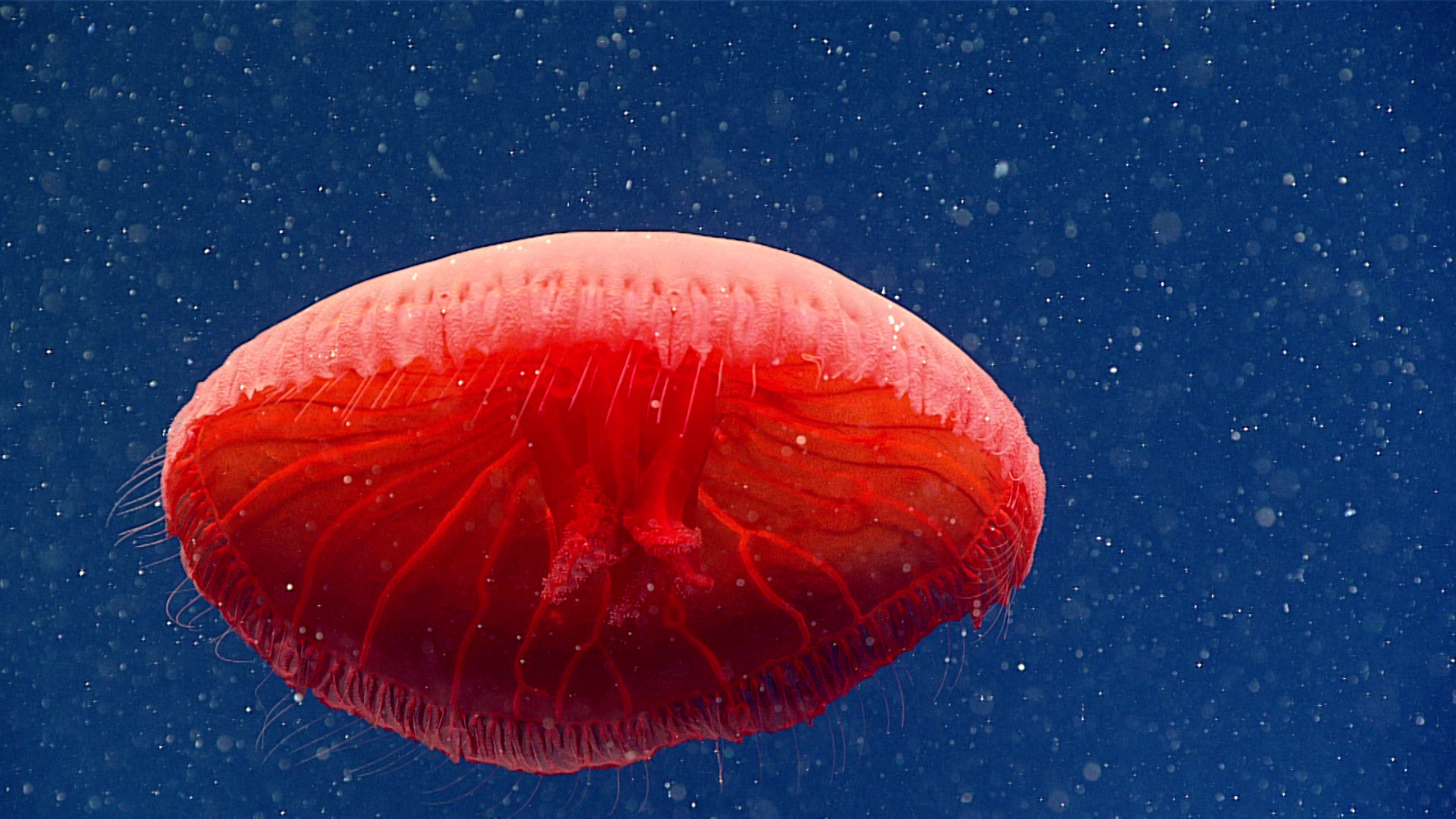
Updated on September 12, 2023: Want to see more science and learn more about the cool, crazy life in the Canyons & Seamounts? The public will be able to weigh in to support more research, more resources and more attention for this ocean haven until October 26, 2023. Learn more here.
Watching episodes of Star Trek or viewing some of the amazing images from the recently launched Webb Space telescope, it’s easy to get seduced by the thoughts of how little we know of the universe. Recent scientific efforts like the Webb have made glimpses of the deepest depths of space more accessible–and more beautiful to behold–than ever.
But the outer reaches of space are not the only “great beyond” we’re now able to explore from the comfort of our homes. Thanks to the Okeanos Explorer, a National Oceanic and Atmospheric Administration (NOAA) vessel outfitted with a deep-diving robot named Deep Discoverer (nicknamed D2) that can livestream footage of the ocean floor, people across the country and around the globe can learn about the magical and alien life that lives in the darkest, deepest reaches of our own planet.
Last year, Okeanos made a voyage up the Atlantic coast, exploring the deep sea canyons, plateaus and mountains that litter this part of our ocean. From protected areas like the Northeast Canyons and Seamounts Marine National Monument to mountain peaks we didn’t even know existed, the expedition highlighted the amazing, bizarre and extraordinary life at the bottom of the sea.
From spectacular, meter-long sponges:
A Fusion of Different Spicules
This glass sponge, seen on NOAA’s third dive, is over one meter long.
Video courtesy of NOAA Ocean Exploration, 2021 North Atlantic Stepping Stones: New England and Corner Rise Seamounts.
To worms, pulsating sea stars and exploding deep-sea dandelions so strange Hollywood’s CGI teams should be taking notes:
Deep Sea Dandelion
Scientists saw this dandelion siphonophore on dive 13 of their 2021 voyage at more than 2000 feet below the waves.
Video courtesy of NOAA Ocean Exploration, 2021 North Atlantic Stepping Stones: New England and Corner Rise Seamounts.
To spiraling corals:
Major Spirals
The branches of these spiraling coral float in the water column, allowing the corals’ polyps to grab food.
Video courtesy of NOAA Ocean Exploration, 2021 North Atlantic Stepping Stones: New England and Corner Rise Seamounts.
To ancient coral forests scientists call the “land of the giants,” with meter tall, 1,000-year-old coral:
A Protected Oasis
Dive 19 brought the Okeanos Explorer to Retriever Seamounts, part of the Canyons & Seamounts Monument, where scientists saw so many large coral they nicknamed the spot the “land of the giants.”
Video courtesy of NOAA Ocean Exploration, 2021 North Atlantic Stepping Stones: New England and Corner Rise Seamounts.
As we explore these magnificent places, it’s worth thinking about the duty we owe to the ancient, otherworldly creatures that have lived for centuries or millennia undisturbed by human activities.
If a month-long dive trip found all of this amazing life, how much more must exist in the crooks and crannies of the submarine world we have only begun discovering?
Of the 20 dive sites visited by Okeanos on this expedition, only one area has been protected from human disruptions. Retriever Seamount, visited on Dive 19, is in the Northeast Canyons and Seamounts Marine National Monument. The Canyons & Seamounts, which celebrates its sixth anniversary this month, is the only large ocean area in the U.S. Atlantic off limits to fishing, drilling and mining and other activities that could disrupt or destroy the area’s ecosystems. For areas outside our national waters, international talks to ban deep sea mining in international waters recently broke down. Opening up the deep sea to deep sea mining–a no good, very bad idea if we’ve ever heard one.
As we discover just how little we know about our own planet’s great beyond, let’s do whatever we can to ensure these strange, amazing places in our oceans can thrive without end.
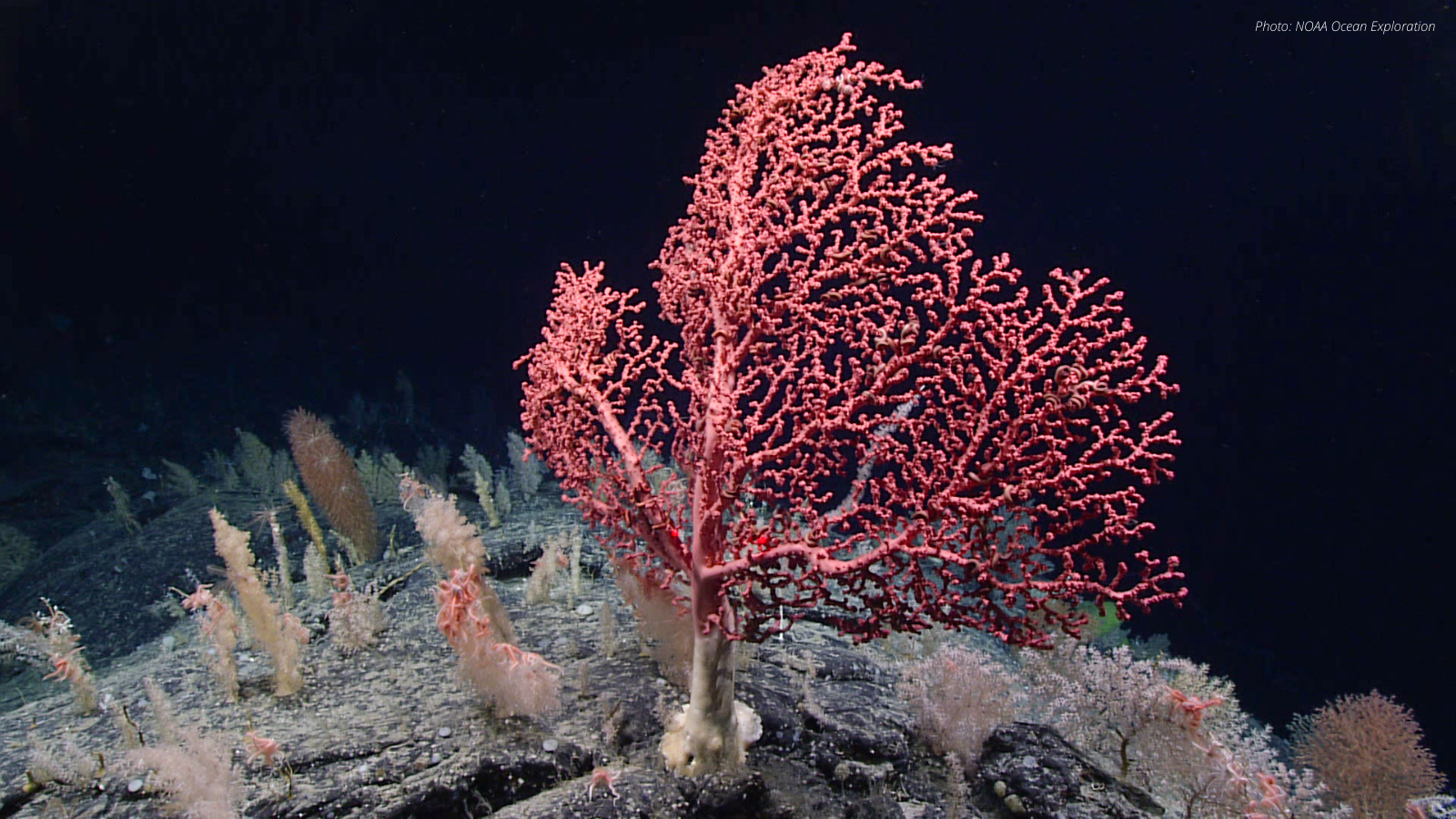
What do you get for the monument that has it all?
Topics
Authors
Kelsey Lamp
Director, Protect Our Oceans Campaign, Environment America Research & Policy Center
Kelsey directs Environment America's national campaigns to protect our oceans. Kelsey lives in Boston, where she enjoys cooking, reading and exploring the city.
Find Out More

A wave of youth ocean activism in Boston
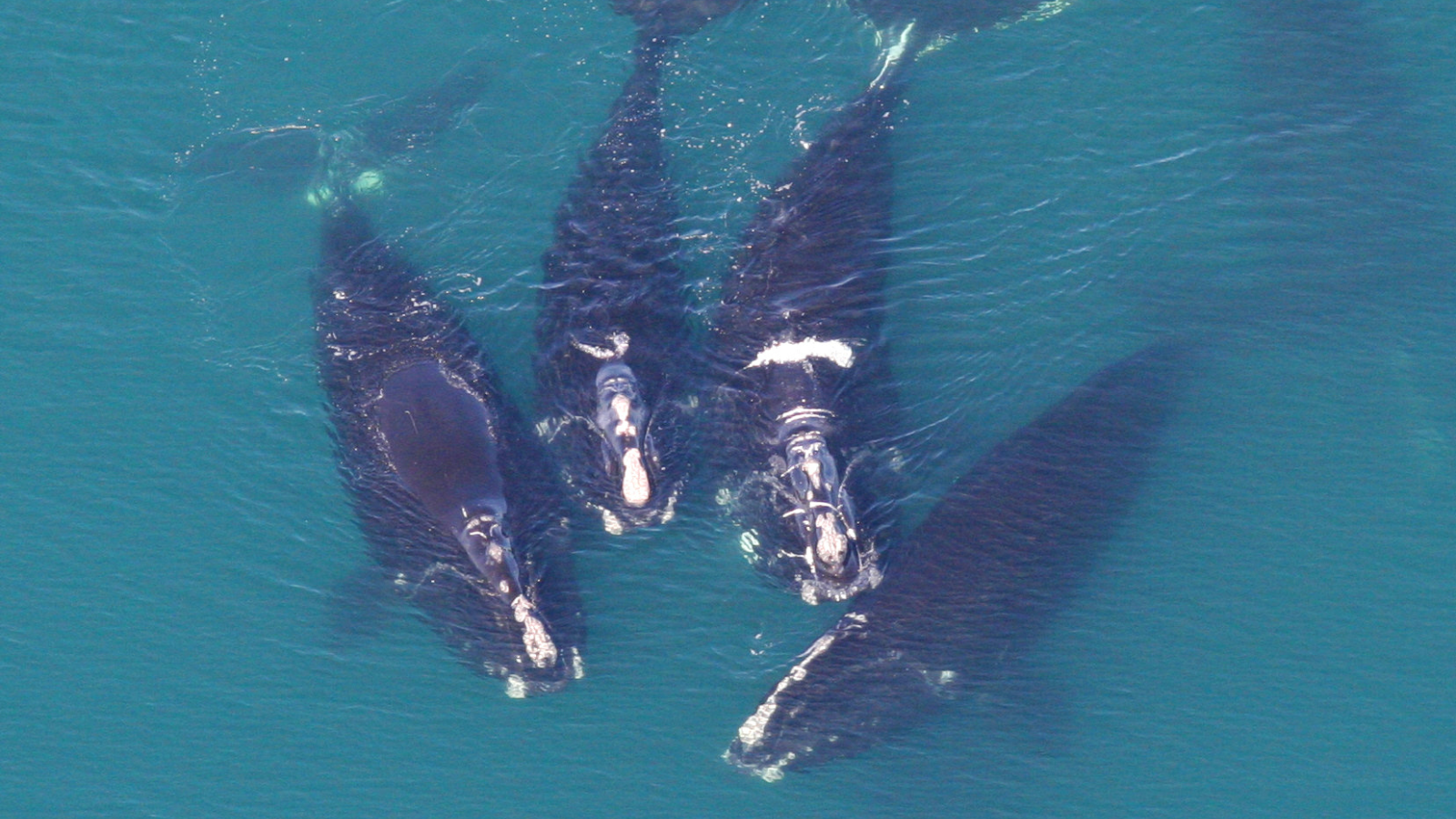
Save the Whales
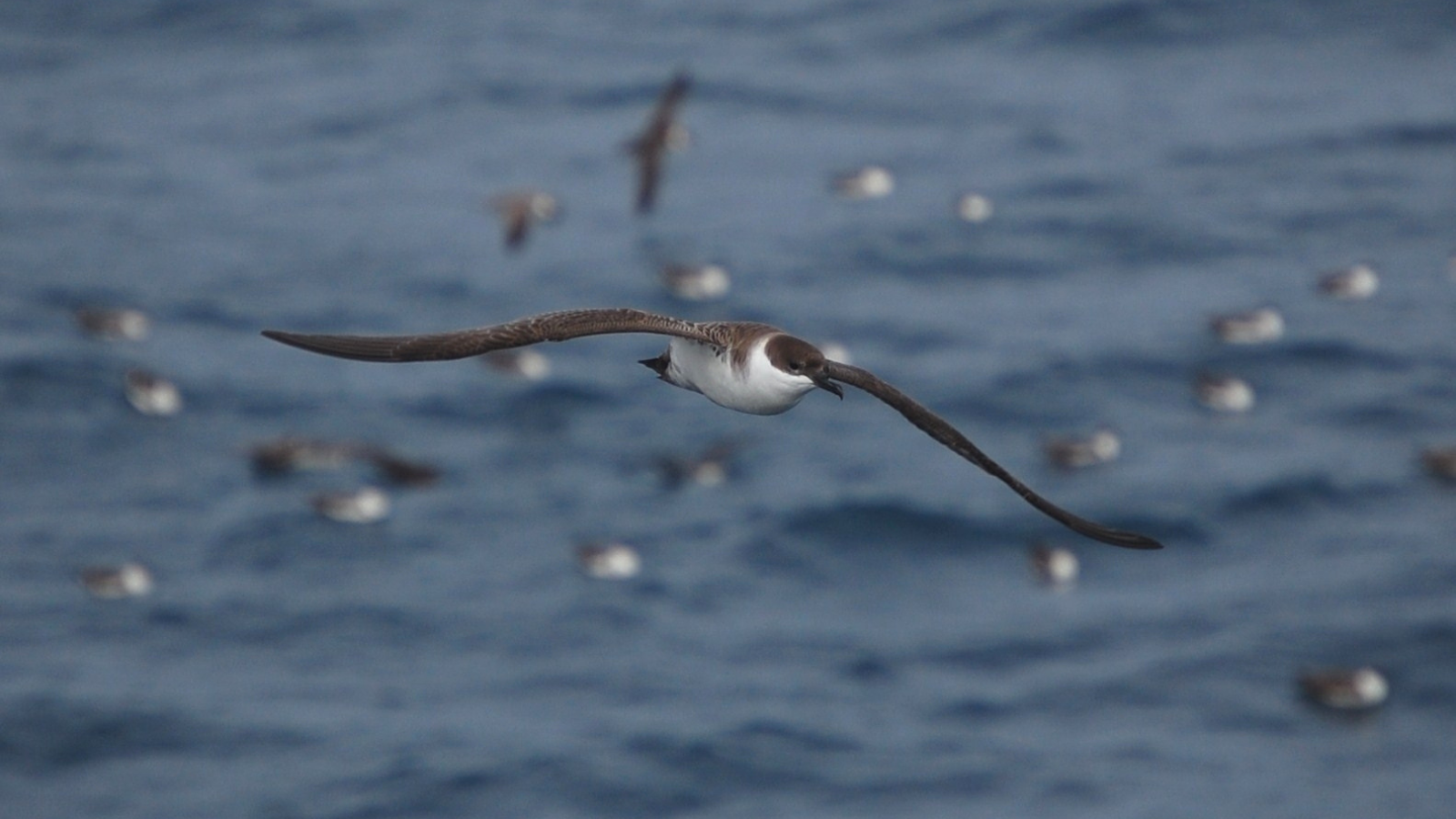
The seabirds you’ll see in the Gulf of Maine’s kelp forest
